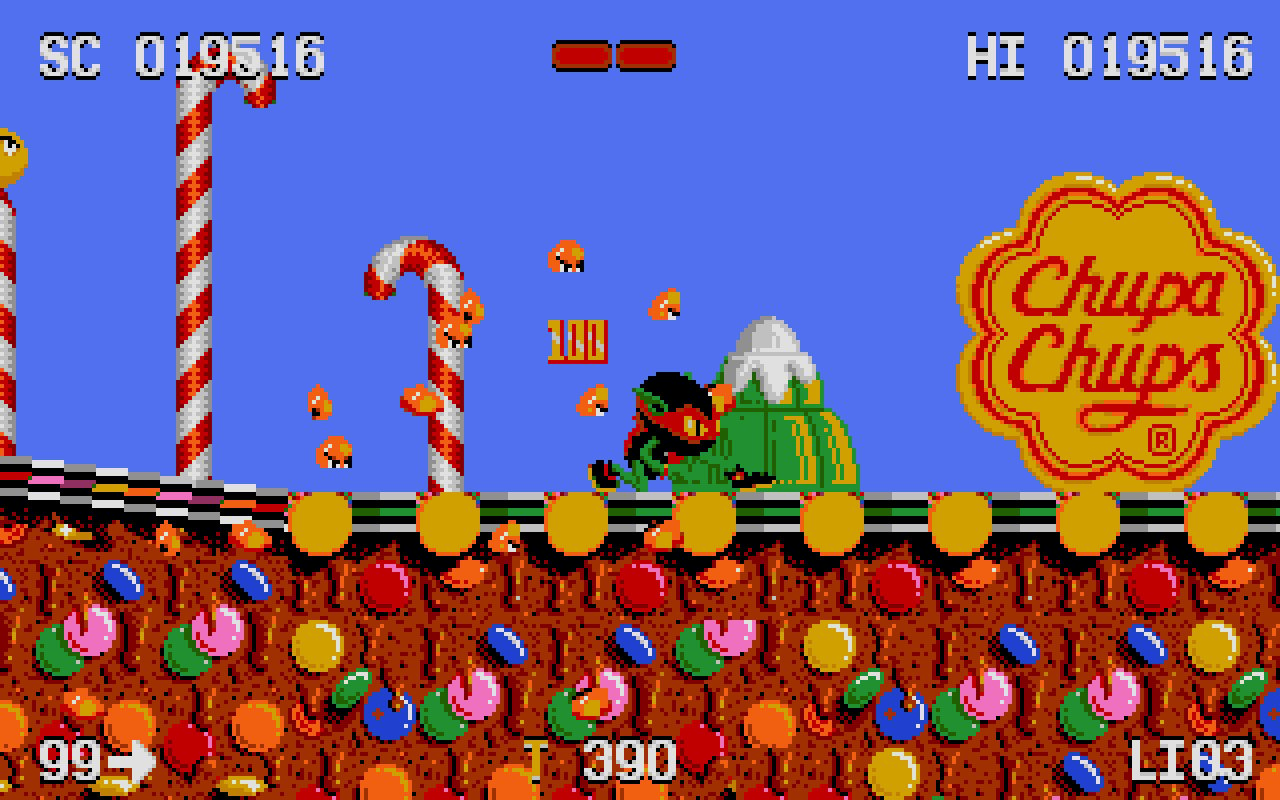Advertisers have become more creative on their ads to compete with their competitors and they have found another way to put their ads through ad placements on video games which kids and young at hearts are still enjoying.
Ad placement has been a form of advertising in video games as far back as the Atari 2600 console. As of today, many popular internet service providers also ventures to ad placements in video games as high-speed wireless internet is highly recommended in playing online games. In this article, we look at six times that such marketing left an indelible mark on the industry and culture.
1. Pepsi Invaders
The year 1983 marks the introduction of the advergame, which is much more than just in-game advertising. It is an entire game built around a marketing concept. A prime example of this from 1983 is Kool-Aid Man for the Atari 2600. Pepsi Invaders—despite never being released commercially—is an important part of video game history. Developed by Coca-Cola for a sales presentation, Pepsi Invaders was a Space Invaders knockoff that replaced the invading aliens with Pepsi bottles and had the player pilot and fire a Coke bottle as opposed to a spaceship. To this day, Pepsi Invaders remains one of the most sought-after Atari 2600 video games and often sells for up to $2,000.

2. Burnout Paradise
The Obama presidential campaign is often credited with innovating how candidates can get their messages out to the people. His campaign employed many avenues that had been previously been considered not presidential or had not been considered at all. One such example is Burnout Paradise, which was a popular arcade racing title during that period. Obama’s campaign paid to have his voteforchange.com billboards replicated in the game. No one knows the effects this in-game placement had, but what is interesting is that John McCain turned down a similar proposal. He felt the billboards would go unnoticed in a game where driving fast was the main goal. But that was clearly not the case. The billboards were noticed and remain an interesting footnote in video game history.

3. Uncharted 3
Uncharted 2 is widely regarded as a video game masterpiece and anticipation for the third entry in the trilogy could not have been higher. Sony hoped to cash in on this excitement with an end-game mode that would allow players to purchase microtransactions and thus generate ongoing revenue. The publisher wanted to promote the multiplayer separate from the single-player campaign, and Subway saw an opportunity to take advantage of that with a sweepstakes and television ad campaign. The TV ad even had a rendered Nathan Drake holding Subway products and shilling them to fans. The promo did not go over well with fans online to say the least, and the long-term impact the choice has had has been exacerbated by the fact that Uncharted 3 is generally considered the nadir of the series.
4. Zool
The Commodore Amiga is often viewed in retrospect as a computer ahead of its time. It would never gain a real foothold in the U.S. and would eventually fade away as the IBM-based PC rose to prominence. Still, it found a niche among U.S. gamers and was even more widespread in Europe. Zool: Ninja from the Nth Dimension was introduced as a rival to Sonic and Mario. Deeply integrated into the game was advertising for the Chupa Chups lollipops brand. How much it mattered at the time is hard to say, but Zool remains an important piece of video game history among retro enthusiasts, and the Chupa Chups branding is inextricably linked to it.

5. EverQuest II
Before World of Warcraft, EverQuest II was a big deal and the most popular MMORPG by far. It was extremely popular among college students who are a top target for delivery pizza chains. Pizza Hut saw an opportunity and introduced an in-game system that allowed EverQuest II players to order pizza without every leaving their virtual world.
6. Tony Hawk Pro Skater
EA was perhaps the first to do this kind of natural in-game marketing. No one thinks twice about seeing a Reebok banner in a Madden game, for instance. But THPS took it to another level with skateboard brands, clothing brands, billboards, bench and bus advertising and much more. THPS continues to have a great deal of influence on the various open-world games based in semi-realistic settings.
